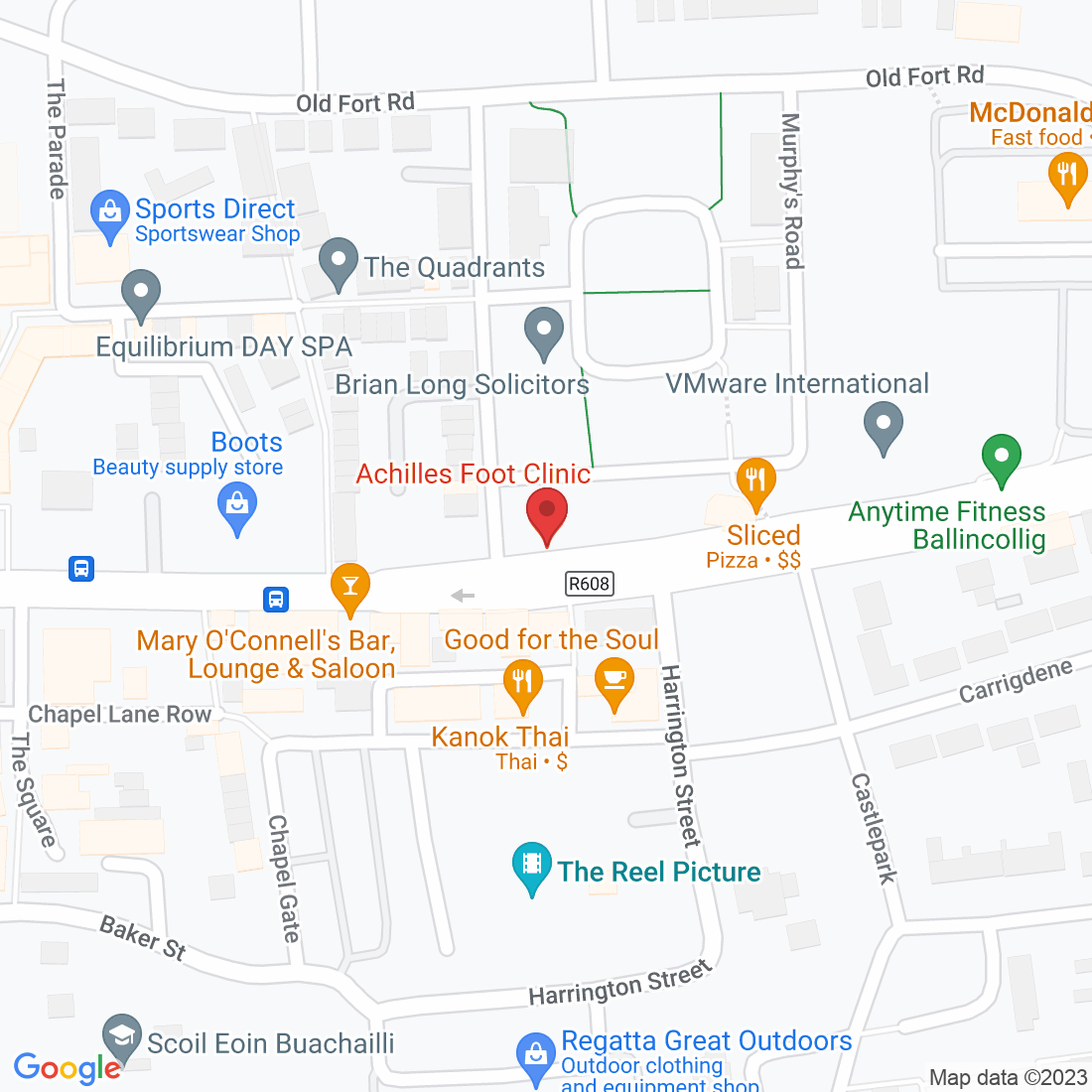
We have all been there, neglected a niggle in our foot and told ourselves that it would probably go away. Weeks have passed, even months, and it’s only getting worse. Then finally, when we are hobbling around barely able to walk, we decide to seek help…
Well, at Achilles Foot Clinic, we are here to help you.

Cracked Heels: Why They Happen and How to Heal Them
Introduction
We’ve all seen them — those dry, thick, cracked areas on the heels that can feel rough, look unsightly, and sometimes even split open. While they might seem like just a cosmetic issue, cracked heels can actually signal deeper problems with your skin and foot health. And in some cases, they can lead to pain, infection, or difficulty walking.
At Achilles Foot Clinic, we often see patients who’ve tried every cream in the pharmacy — but nothing seems to work long-term. That’s where a podiatrist can really help. Let’s break down why cracked heels happen and what you can do to properly treat and prevent them.
What Causes Cracked Heels?
Cracked heels (also called heel fissures) occur when the skin on the bottom of the foot becomes too dry, thickened, or hard — and then splits open from pressure, especially when walking or standing.
Here are some common causes:
Dry skin – Often from weather changes, hot showers, or low humidity
Standing for long periods – Especially on hard floors
Barefoot walking – Adds pressure to the heels
Open-back shoes or flip-flops – These allow the fat pad under your heel to expand sideways, increasing the risk of cracks
Obesity – More weight means more pressure on the heel
Medical conditions – Diabetes, eczema, psoriasis, and thyroid issues can all contribute
Poor foot care – Not exfoliating or moisturising regularly can make things worse
In some cases, these cracks are just superficial. But when they go deep, they can be painful, bleed, or even get infected — especially in people with diabetes or circulation problems.
Why Home Remedies Often Don’t Work
Many people try over-the-counter moisturisers or pumice stones, which might give short-term relief. But without addressing the underlying issues — like foot pressure or thick calluses — those cracks tend to come back quickly.
Some home treatments can even make things worse. For example, harsh scrubbing or cutting the skin can lead to further damage or infection, especially if sensation in the feet is reduced.
How a Podiatrist Can Help
When cracked heels are persistent, painful, or bleeding, it’s time to seek professional help. Here’s how we approach it at Achilles Foot Clinic:
1. Professional Skin Care
We carefully remove thick, hard skin using sterile tools — no pain, no bleeding. This reduces pressure on the area and helps the heel heal properly.
2. Medical-Grade Moisturising
We recommend specific creams with urea, salicylic acid, or lactic acid, which deeply hydrate and gently exfoliate. These aren’t your average pharmacy lotions — they’re made to penetrate tough heel skin.
3. Custom Footwear Advice
If your shoes are part of the problem (like flat flip-flops or backless sandals), we’ll help you choose more supportive options that reduce pressure on the heel.
4. Orthotics if Needed
For some people, custom insoles can help redistribute pressure across the foot — especially if you have flat feet, high arches, or uneven gait.
5. Monitoring for Infection
If your cracks are deep, red, or oozing, we check for signs of infection and may recommend wound care or antibiotics if needed — especially important for diabetic patients.
Tips to Prevent Cracked Heels at Home
While professional care makes a huge difference, these daily habits can also help:
Moisturise every day – Especially after a shower, when skin is still slightly damp
Avoid walking barefoot or in flat sandals for long periods
Stay hydrated – Your skin needs water too
Use a foot file gently once or twice a week – Never cut thick skin yourself
Wear socks made from natural fibres – Cotton and bamboo help skin breathe
When to Seek Help
If your heels are:
Bleeding or painful
Not improving with at-home care
Cracked deeply enough to cause discomfort when walking
Showing signs of redness, swelling, or pus
It’s time to book a visit with your podiatrist. Cracked heels aren’t just a cosmetic problem — they’re a sign that your feet need some TLC from the inside out.
Final Thoughts
Cracked heels are more than dry skin — they’re often the result of pressure, poor support, and underlying skin issues. The good news? They’re treatable, and with the right care, you can get back to soft, pain-free heels that feel as good as they look.
At Achilles Foot Clinic, we’re here to help with expert foot care that goes beyond surface-level solutions. If you’re ready to stop hiding your heels and start healing them, we’d love to see you.
Ask Lorcan And His Team
Fill in the form to request a Call From Our Team
Fill in the form to request a Call From Our Team
One of our team will call you for FREE and answer any questions or concerns you may have about Bunions.
One of our team will call you for FREE and answer any questions or concerns you may have about your uncomfortable Bunions.








